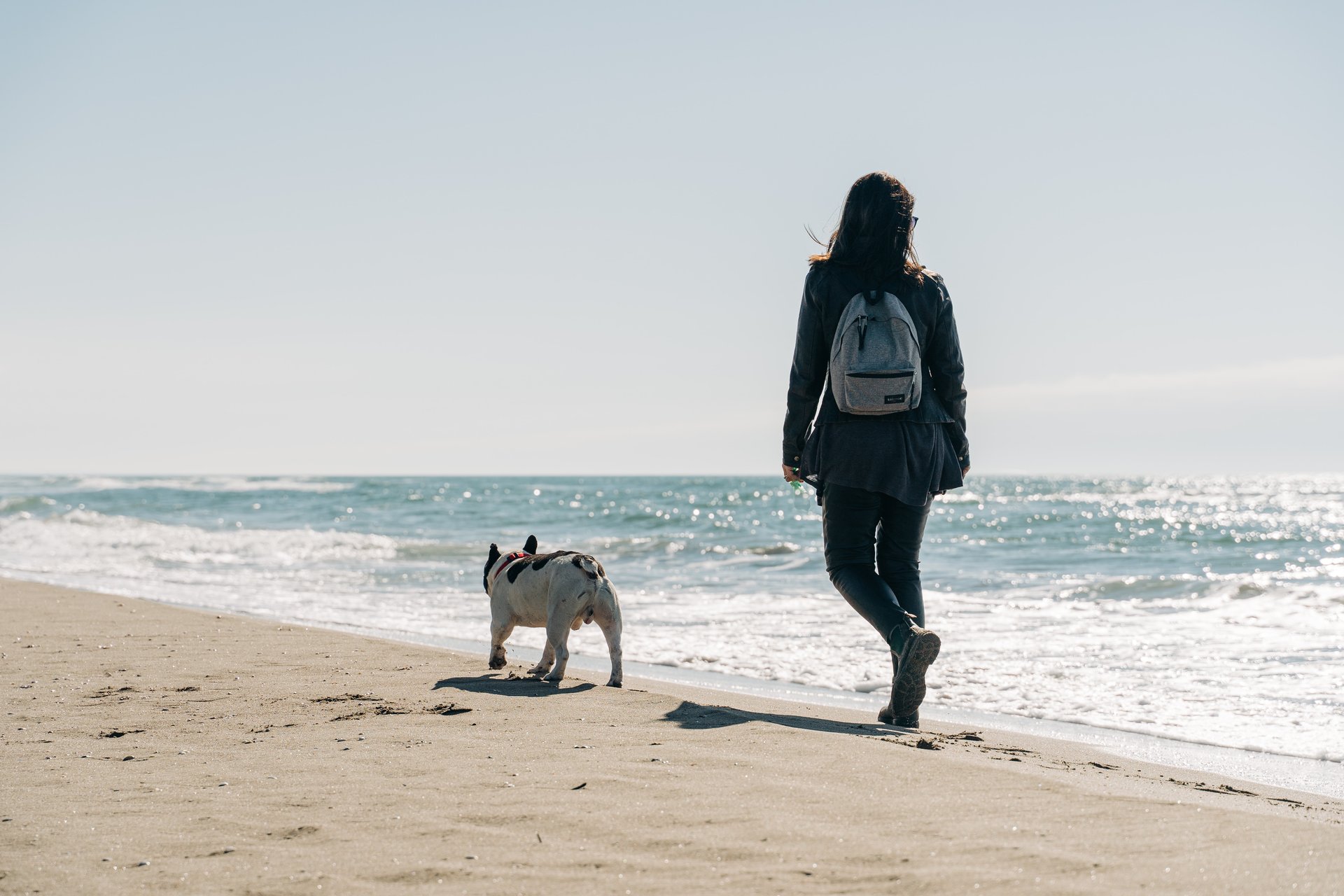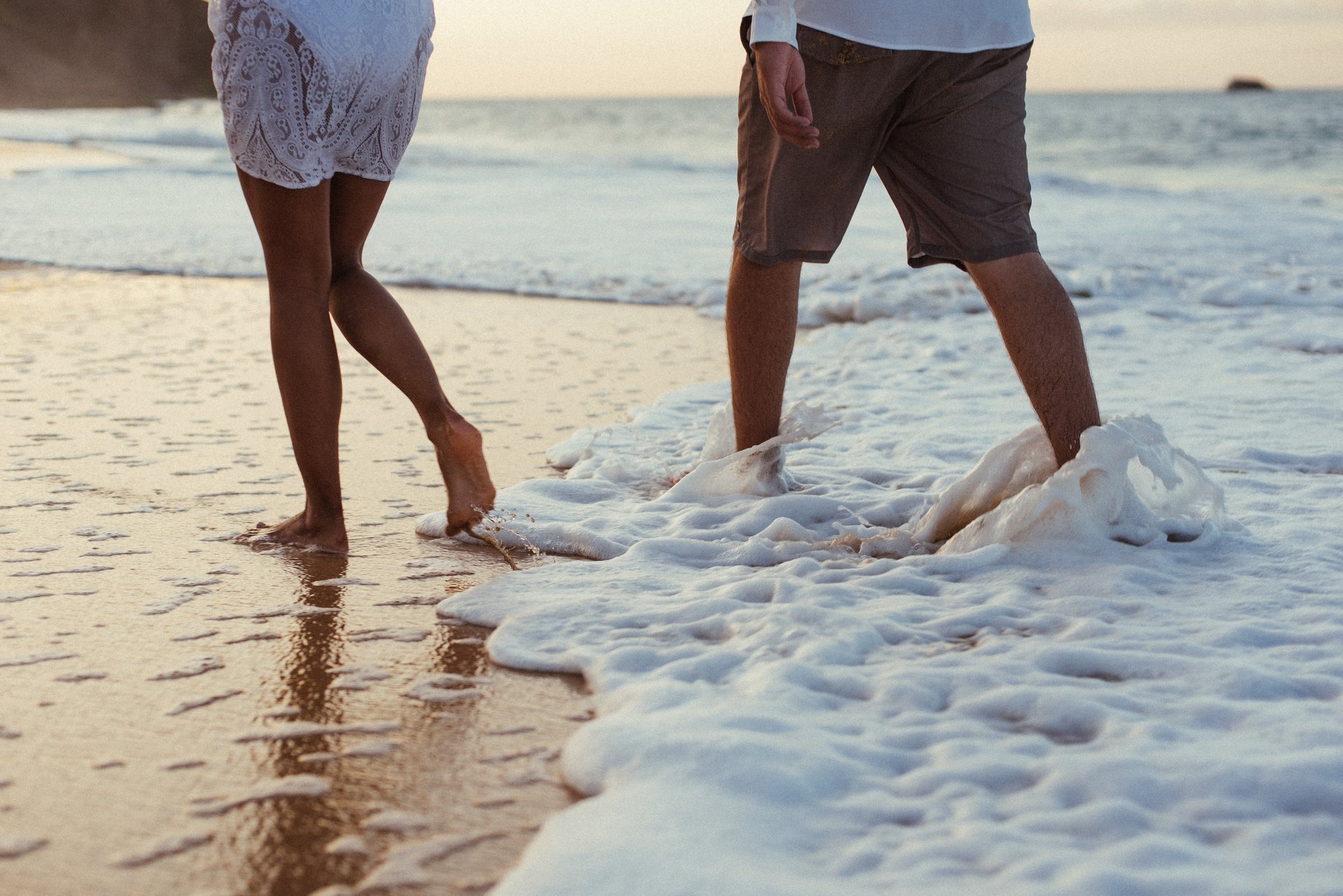Walking Close to Nature: Exploring Australia's Scenic Wonders in Barefoot Shoes

Australia is often celebrated as a haven of natural beauty, from its rugged mountain ranges to its untamed coastlines. The country's landscapes offer an abundance of diversity—tropical forests, deserts, and spectacular coral reefs—that captivates both seasoned explorers and everyday wanderers.
While traditional hiking boots may be the go-to for most outdoor enthusiasts, there is a growing interest in experiencing these natural terrains in a different kind of footwear: barefoot shoes.

Why Barefoot Shoes?
1. Reconnecting with Nature
The digital age has, in many ways, disconnected us from the natural world. With our eyes so often fixed on screens and our ears filled with the buzz of electronic devices, taking a walk in nature serves as a grounding respite.
Barefoot shoes elevate this experience by allowing you to literally feel the earth beneath your feet. The tactile sensations of different terrains—be it the crunch of leaves in a forest, the soft give of a sandy beach, or the uneven surface of a rocky path—become a vivid part of the outdoor experience.
You become not just a spectator but an active participant in nature's grand showcase.
2. Health Benefits
Don't underestimate the small alterations that barefoot shoes can bring to your walking mechanics. Unlike traditional footwear that often comes with heavy padding and arch support, barefoot shoes offer minimal interference, encouraging a more natural gait. This can result in improved posture and alignment, not just of the feet but the entire body.
Moreover, walking in minimalist footwear engages muscles in your feet that often go unused, leading to stronger arches and improved balance. Tactile stimulation of walking barefoot can also reduce stress levels, providing a mental health boost that complements the physical benefits.
3. Environmental Aspect
Traditional hiking boots are often made from a variety of synthetic materials, and their production can be resource-intensive. On the other hand, many companies that produce barefoot shoes are increasingly focused on using sustainable materials like organic cotton, natural rubber, and even recycled plastics.
The lighter weight of these shoes also means they require less material to produce, contributing to a smaller ecological footprint.
The Science Behind Barefoot Shoes
Barefoot shoes are not your average sneakers with the padding removed; they are meticulously engineered to mimic the biomechanics of the human foot. They typically feature a wide toe box to allow your toes to spread naturally, a flexible sole to permit a range of motion, and a zero-drop design, meaning there is no height difference between the heel and the toe.
This encourages a midfoot or forefoot strike while walking, which is believed to reduce impact forces and associated injuries.
Some studies suggest that walking in barefoot shoes can increase sensory feedback, improve balance, and reduce the risk of ankle sprains and other common hiking mishaps.
Critics argue that the lack of cushioning could expose the feet to more immediate risks like punctures or bruising, but many enthusiasts find that the heightened sensory feedback actually makes them more cautious and attentive to their environment, thereby reducing the likelihood of such accidents.
Transition to Barefoot Shoes Carefully
While barefoot shoes offer an exciting way to connect with natural terrains, they are not universally suitable for every condition or individual.
In extremely rocky, jagged, or slippery environments, the minimalistic design of barefoot shoes may not provide sufficient protection or grip. Traditional hiking boots are built to provide extra ankle support and are made with materials designed for maximum durability and protection against the elements.
If you have pre-existing foot or ankle conditions, such as plantar fasciitis, or if you suffer from joint issues like arthritis, the lack of support and cushioning in barefoot shoes might exacerbate your symptoms. Always consult with a healthcare provider before switching to barefoot or minimalist footwear, especially for prolonged physical activities.
For those new to hiking, the lack of arch support and cushioning in barefoot shoes could result in an uncomfortable or even risky experience. A gradual transition is usually recommended, and new hikers might find it beneficial to start with traditional hiking boots before slowly integrating barefoot shoes into shorter walks.
Top Destinations to Experience in Barefoot Shoes in Australia

Beaches
Nothing epitomizes the Australian outdoor experience quite like a day at the beach. Whitehaven Beach in Queensland, renowned for its powdery white silica sand, offers an unparalleled experience for barefoot shoe enthusiasts. Imagine the grains of sand massaging the soles of your feet as you traverse this coastal paradise!
On the other side of the continent, Bondi Beach in Sydney offers a different but equally enthralling experience. The tactile feedback of the sand beneath your feet becomes part of the adventure, not just a surface to walk on.
Forest Trails
If the beach isn't your scene, Australia's lush forest trails offer a completely different sensory experience for barefoot shoe walkers. Take the Daintree Rainforest in Queensland, for instance. As one of the oldest tropical rainforests in the world, the rich biodiversity and the dense canopy make for an awe-inspiring trek. With barefoot shoes, you can feel the spongy forest floor, dense with leaf litter and brimming with life, right beneath you. The experience is quite unlike anything else, making you acutely aware of every step you take in this delicate ecosystem.
Similarly, the Blue Mountains in New South Wales offer a plethora of trails that are ripe for exploration. The famous Three Sisters Walk becomes a whole new experience when you can sense the minor variations in the rocky path through the soles of your barefoot shoes. Your feet become a part of the landscape, rather than merely tools to traverse it.
Deserts
Australia's deserts offer an otherworldly experience with their vast, unending landscapes. The Simpson Desert's iconic red sand dunes become more than just a visual spectacle when visited in barefoot shoes. Each step on the hot, shifting sands becomes a vivid reminder of the desert's harsh, untamed beauty. Similarly, the Great Victoria Desert offers an entirely different terrain, with a mixture of sand ridges and rocky plains. Walking it in barefoot shoes is a lesson in contrasts, where every step provides different tactile feedback.
Mountain Paths
For those who crave the thrill of heights, Australia's mountain paths are where the rubber—or rather, your barefoot shoes—meets the road. In Kosciuszko National Park, you can hike to the top of Australia's highest peak with an unprecedented sense of connection to the Earth. Meanwhile, the rugged terrains of the Grampians National Park in Victoria provide the perfect testing ground for the grip and flexibility of your barefoot shoes.
Tips for Your Barefoot Adventure in Australia
- Selecting the Right Pair: Selecting the right pair of barefoot shoes can make or break your experience. Factors like material, fit, and tread patterns suited for specific terrains should all be considered.
- Safety Tips: While the barefoot experience is liberating, it's crucial to remember that Australia's natural beauty can also be fraught with dangers like sharp rocks, thorns, and even venomous creatures. Make sure you're always aware of your surroundings and take necessary precautions.
- Additional Gear: For an enhanced experience, consider other minimalist gear like toe socks for added comfort, or gaiters to keep out debris. Some walkers also prefer using walking poles for better balance, especially on steep terrains.
Walking close to nature in barefoot shoes enriches the sensory experience of Australia's diverse landscapes. Whether you're a seasoned trekker or someone looking to escape the urban jungle, the tactile feedback provided by these minimalist shoes adds a new dimension to outdoor activities.
From the soft sands of Whitehaven Beach to the rugged peaks of the Grampians, the connection you feel with the Earth is palpable, making each journey not just a trek, but a communion with nature itself.
There's a world out there waiting to be felt, quite literally. So why not take that step? After all, to walk in nature is to witness a thousand miracles, and what better way to experience those miracles than by truly feeling the Earth beneath your feet.
Have Story To Share?
Blog with Trip.Social

Reach new audiences and maximize your potential.